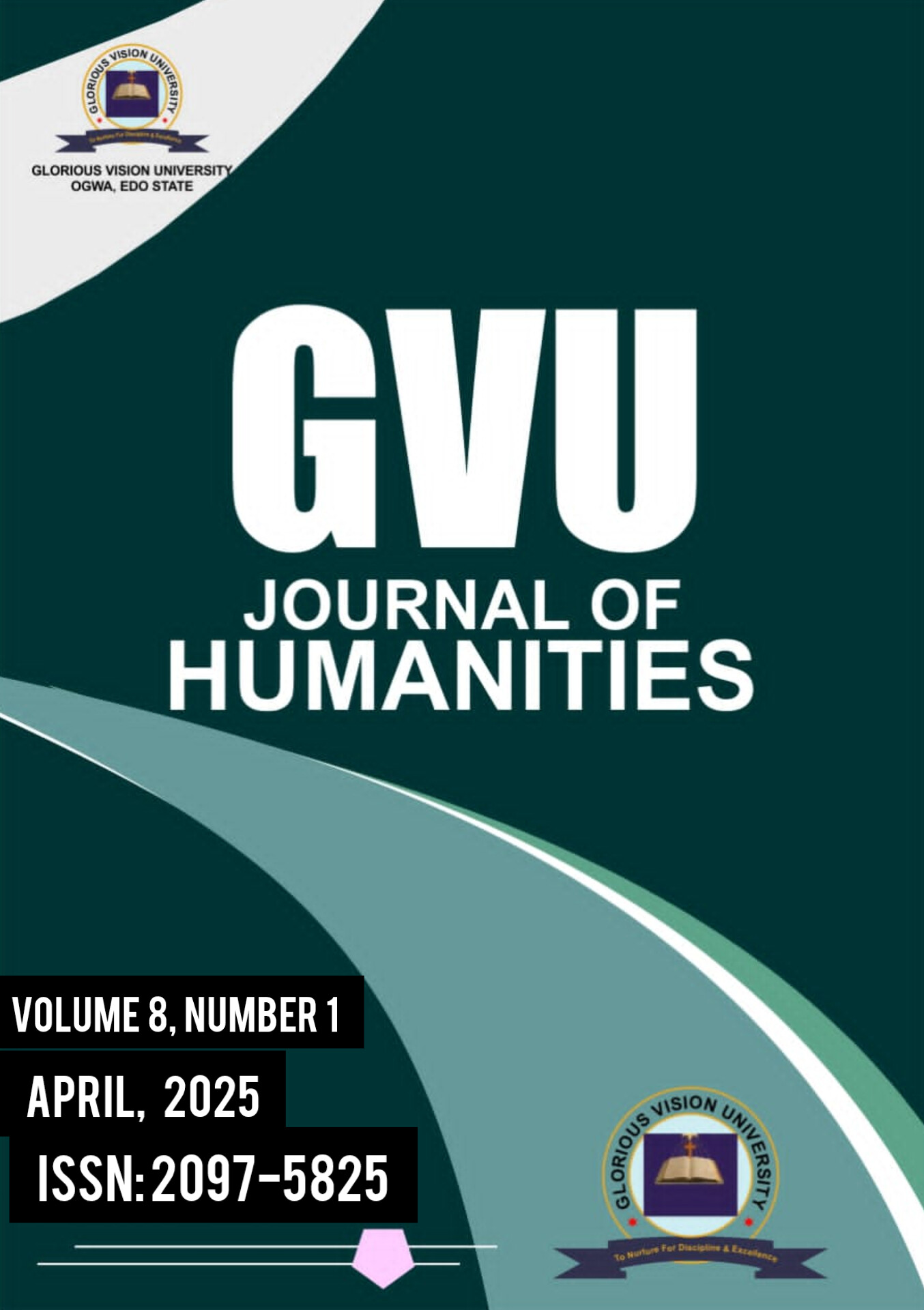DEICTIC CONSTRUCTION OF IDEOLOGIES IN SELECTED SPEECHES OF AMERICAN AND EUROPEAN LEADERS ON UKRAINE-RUSSIA WAR
DOI:
https://doi.org/10.5281/zenodo.15257031Keywords:
Critical Discourse Analysis, Deixis, Political Speeches, World leaders, Ukraine-Russia WarAbstract
The research analysed the ideological construction of deixis in selected speeches of American and European leaders on Ukraine-Russia war. Thirty-five samples were taken from eleven speeches delivered by the Euopean, American leaders and the Secretary General of the United Nations. The random samples were quantitatively and qualitatively analysed using van Dijk’s socio-cognition model. Four types of deixis were analysed: person, time, place and discourse deixis. The findings showed that person deixis occurred for 243 times representing 68.8% of the entire deixis; time deixis for 8 times representing 2.3% of the entire deixis; place deixis for 25 times representing 7.1%; and discourse deixis for 78 times representing 22.1% of the entire 353 times of occurrences for all the four deixis. This indicates that the most dominant deixis is person deixis. The reason for the frequent use of person deixis was the need for the leaders to foreground themselves and their allies in the speeches. The political leaders attempted to register their opinions on the war and as well solicit for pragmatic actions from allies and partners. They projected certain realities around the war; reinforced their political authority and their ability to shape the direction of events surrounding the war. The study concluded that a critical discourse analysis of grammatical items is useful to unravel speakers’ interests in certain events.
Downloads
Published
How to Cite
Issue
Section
License
Copyright (c) 2025 GVU Journal of Humanities

This work is licensed under a Creative Commons Attribution 4.0 International License.


